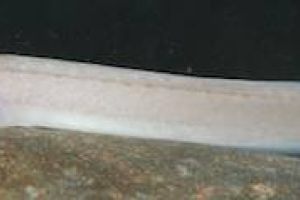
Frogs of Borneo

Frogs of Borneo

Frogs of Borneo

Frogs of Borneo

Frogs of Borneo

Frogs of Borneo

Frogs of Borneo

Frogs of Borneo

Frogs of Borneo

Frogs of Borneo

Frogs of Borneo
Bornean Families
Leptobrachella:
itiokai
Itioka’s Highland Dwarf Litter Frog
The species has been described only 2016 by Eto et al. from where the description was adopted. See the original description for photos of adults. Leptobrachella itiokai is found at high elevation primary forests of northeastern Sarawak. At Gunung Mulu National Park, it occurs with L. parvus, L. juliandringi, L. brevicrus, and L. baluensis, however, the species prefer different microhabitats and elevations. L. itiokai has been found at 1.445 m asl, at steep streams with rocky and gravely bottom. The species reaches approximately 15-16.7 mm snout-vent length (slightly smaller than L. brevicrus, which occurs at the same elevation range).
This species is tan-brown dorsally on the head and the back and bears dark markings.There is a V-shaped marking on upper eyelid and interorbital space, a W-shaped one on shoulder, and a triangle-shaped on the sacral region. Scattered white, round glands are present at the lower flank; they usually do not form series. Toe webbing is poorly developed. Fingers and toes bear pointed tips as in other Leptobrachella.
The call is a chirp and very high in frequency (10 kHz dominat), with ultrasonic compnents (>20 kHz). The call is more like a chirp, as opposed to the more buzzing call of L. brevicrus that occurs in the same area (Gunung Mulu, high montane forest). Males seem to have a preference to call from leaves or branches 0.2–0.6 m above ground, whereas L. brevicrus calls less exposed from among rocks and under leaf litter, often at the base of bushes.
